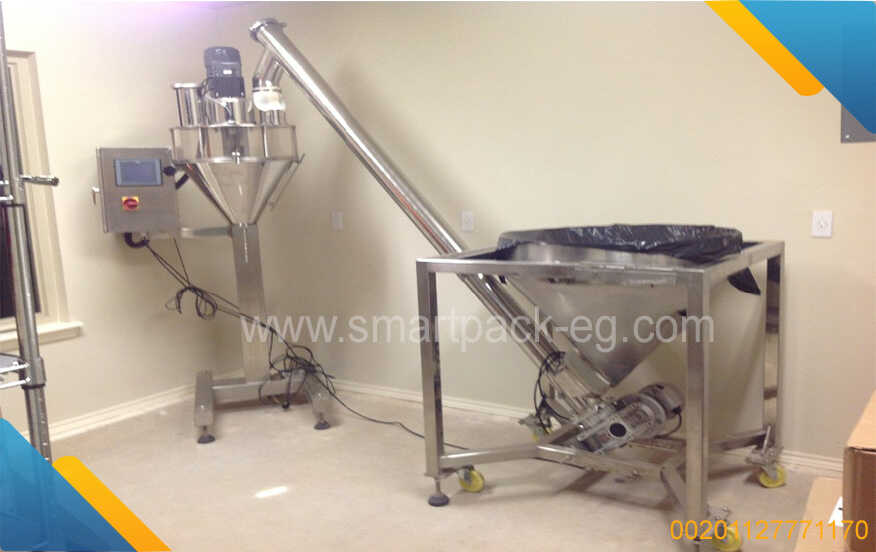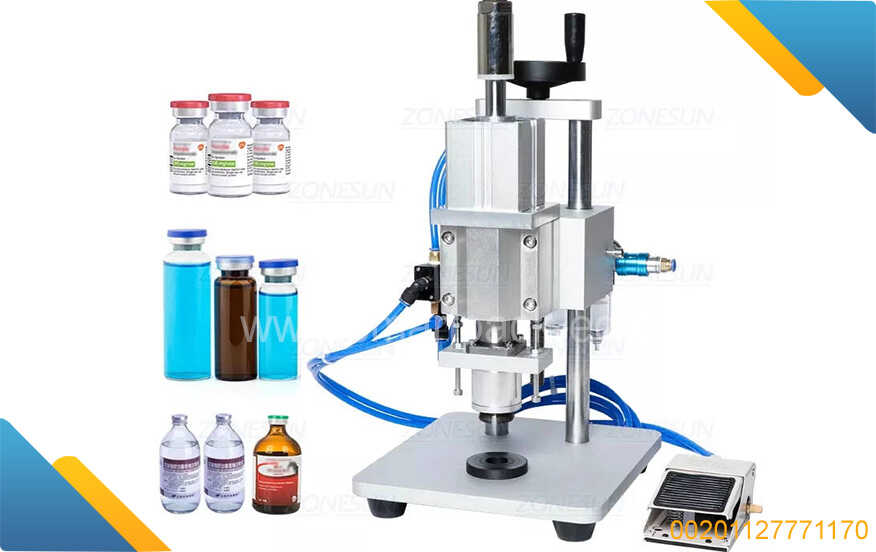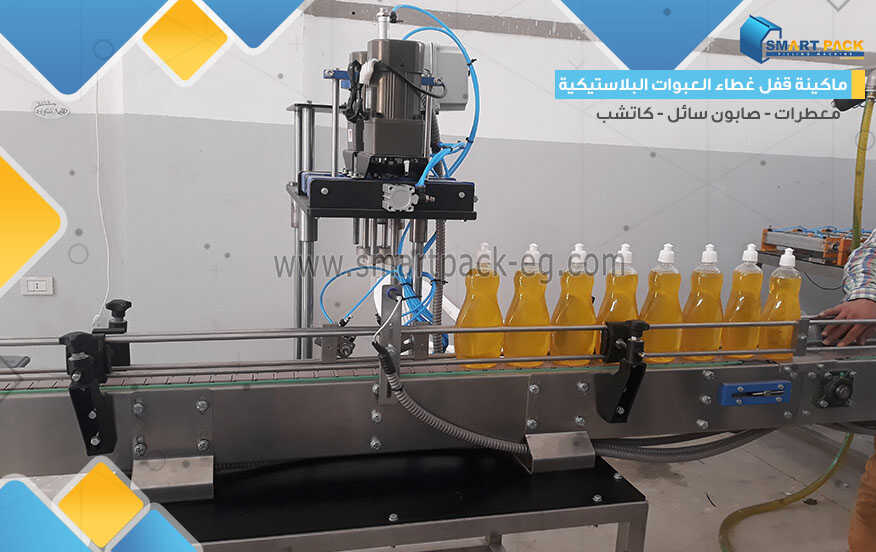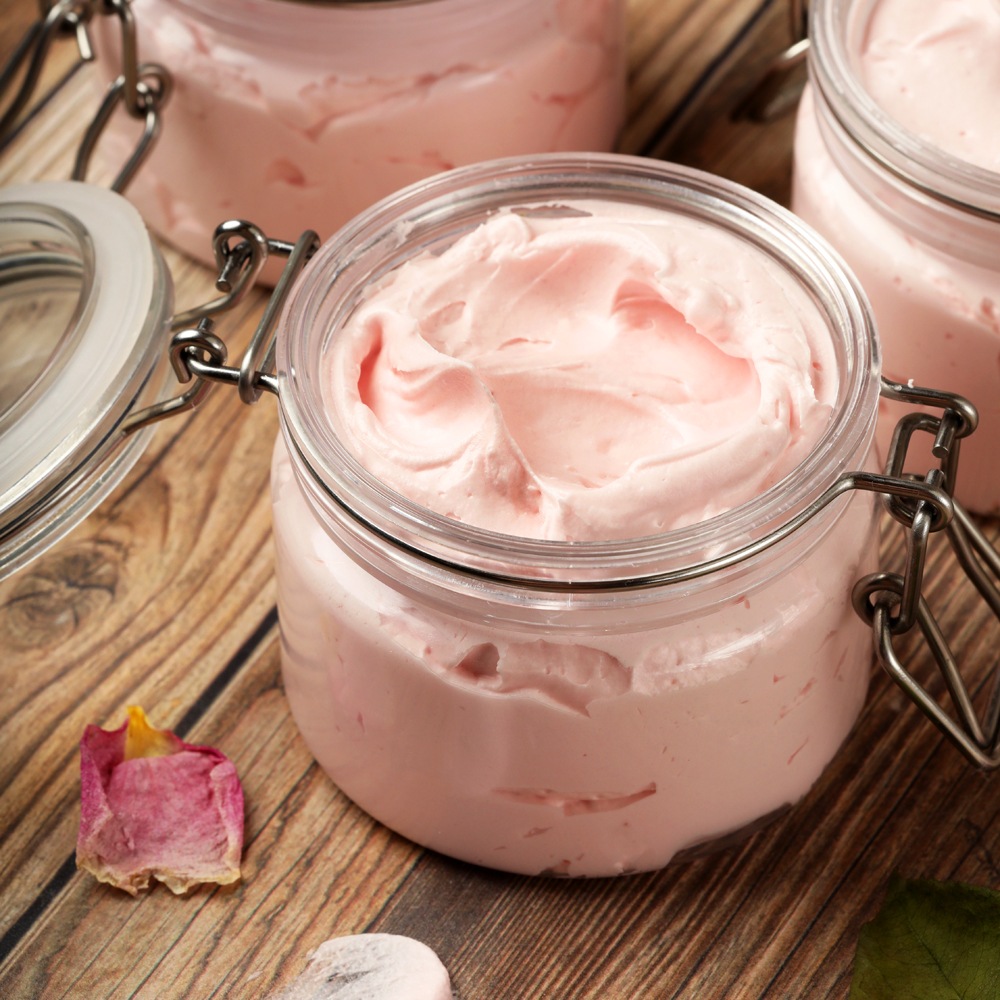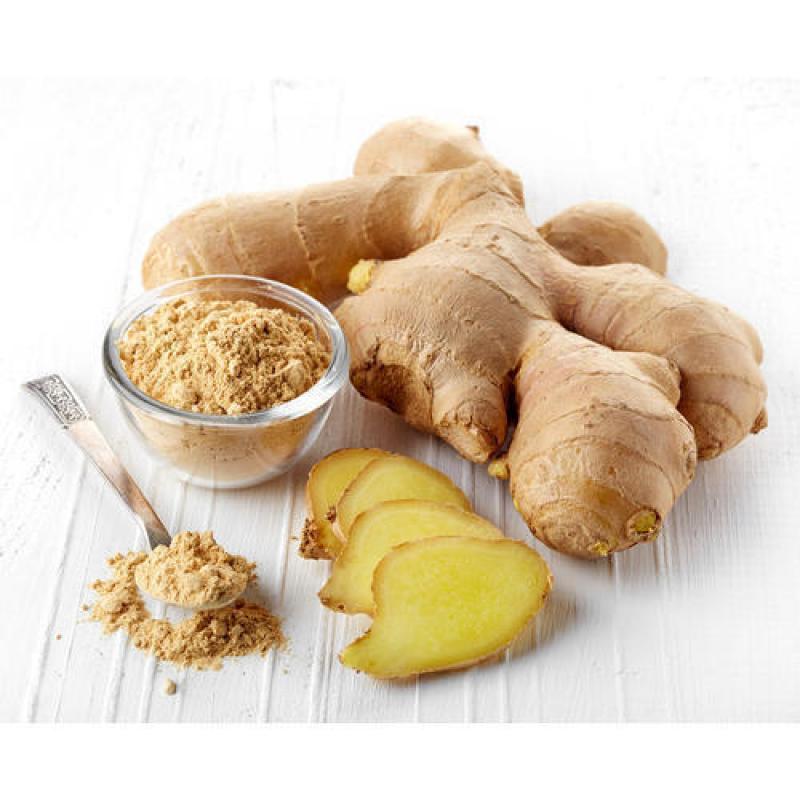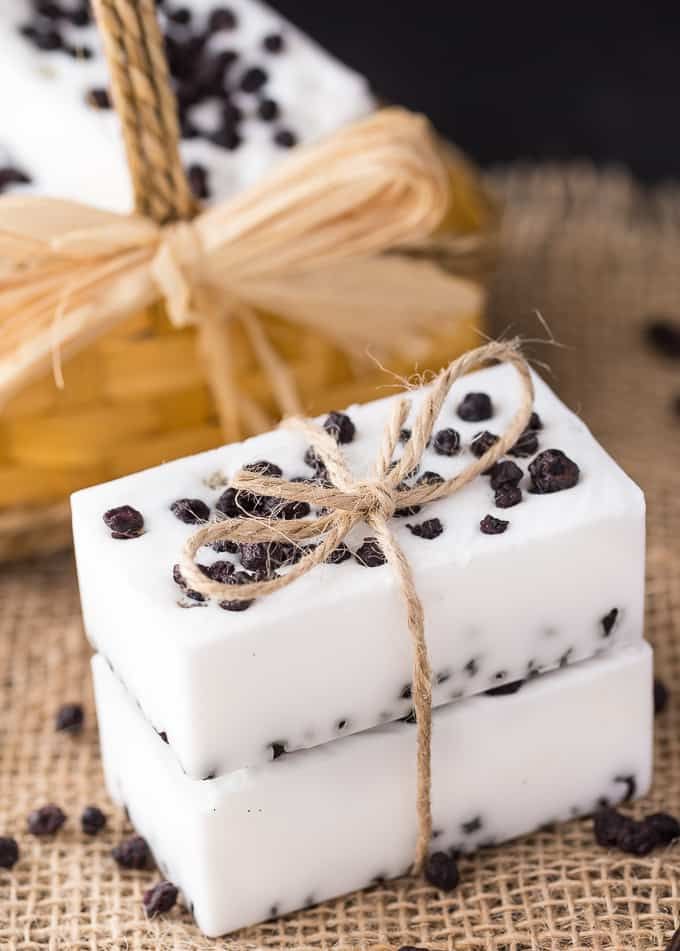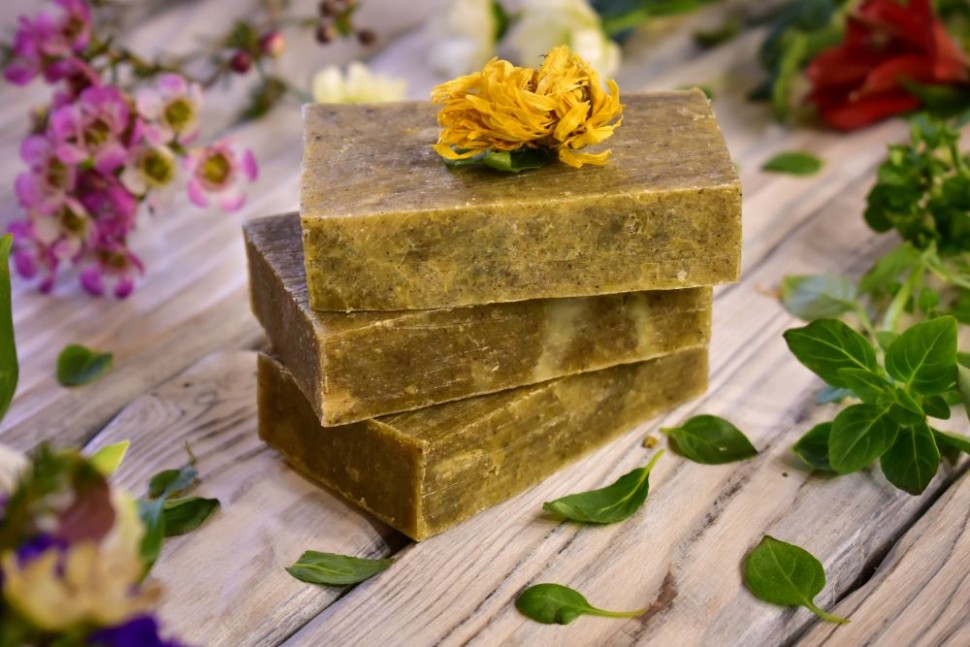How To Make Solid Soap: A Step-by-Step Guide
Soap-making has been a cherished craft for centuries, offering a unique opportunity to create personalized, nourishing bars of soap. If you're eager to try your hand at soap-making, this step-by-step guide will walk you through the process of making your very own solid soap.
Here's what you'll need:
-
Safety First: Before diving into soap-making, it's crucial to prioritize safety. Wear protective gloves and goggles to prevent any mishaps. Additionally, work in a well-ventilated area to avoid inhaling fumes.
-
Gather Your Ingredients: To make solid soap, you'll need the following ingredients:
a. Oils and Fats: Choose a combination of solid (such as coconut oil, shea butter, or cocoa butter) and liquid oils (like olive or almond oil) to achieve the desired properties in your soap.
b. Lye (Sodium Hydroxide): Lye is a caustic substance that is essential for the saponification process. Take precautions when handling lye and keep it out of reach of children.
c. Distilled Water: Use distilled water to dissolve the lye. Tap water may contain impurities that can affect the soap's quality.
d. Fragrance or Essential Oils: Select your favorite scent to add a pleasant aroma to your soap. Essential oils have therapeutic benefits, while fragrance oils provide a wide variety of scents.
e. Colorants: For visually appealing soap, consider using natural colorants like herbs, spices, clays, or cosmetic-grade mica powders.
-
Prepare Your Workspace: Ensure you have a clean and spacious work area. Cover it with newspaper or a plastic sheet to protect the surface.
-
Make a Lye Solution: In a heat-safe container, carefully add the required amount of distilled water. Slowly sprinkle the lye into the water, stirring carefully until dissolved. Be cautious as the mixture will release heat and fumes. Set it aside to cool.
-
Heat Your Oils: In a separate heat-resistant container, melt the solid oils over low heat. Once they're fully melted, add the liquid oils. Stir well to combine.
-
Combine the Lye Solution and Oils: Check the temperature of both the lye solution and the oils. They should be around 100-110°F (38-43°C). Slowly pour the lye solution into the oils while stirring gently.
-
Blend and Add Fragrance/Colorants: Use a stick blender or a whisk to blend the mixture until it reaches a pudding-like consistency called "trace". At this stage, you can add fragrance oils or essential oils, and colorants if desired. Stir well to distribute them evenly.
-
Pour the Soap Into Molds: Once your soap mixture has reached trace, pour it into soap molds. Silicone molds are great for easy removal, but you can also use other materials like wooden or plastic molds.
-
Cure and Unmold: Allow your soap to cure in the molds for 24-48 hours. After it has solidified, gently release the soap bars from the molds. Place them on a drying rack or a tray and let them cure for another 4-6 weeks. Turning them periodically will ensure even drying.
-
Enjoy Your Homemade Soap: Once fully cured, your soap is ready to use! Enjoy the delightful fragrances and soothing qualities of your homemade creation.
Soap-making is a skill that improves with practice, so don't be discouraged if your first batch doesn't turn out exactly as expected. Experiment with different oils, scents, and colors to create personalized and unique bars of soap. With time and experience, you'll become a master soap-maker, delighting in the art and science of creating your very own solid soap.

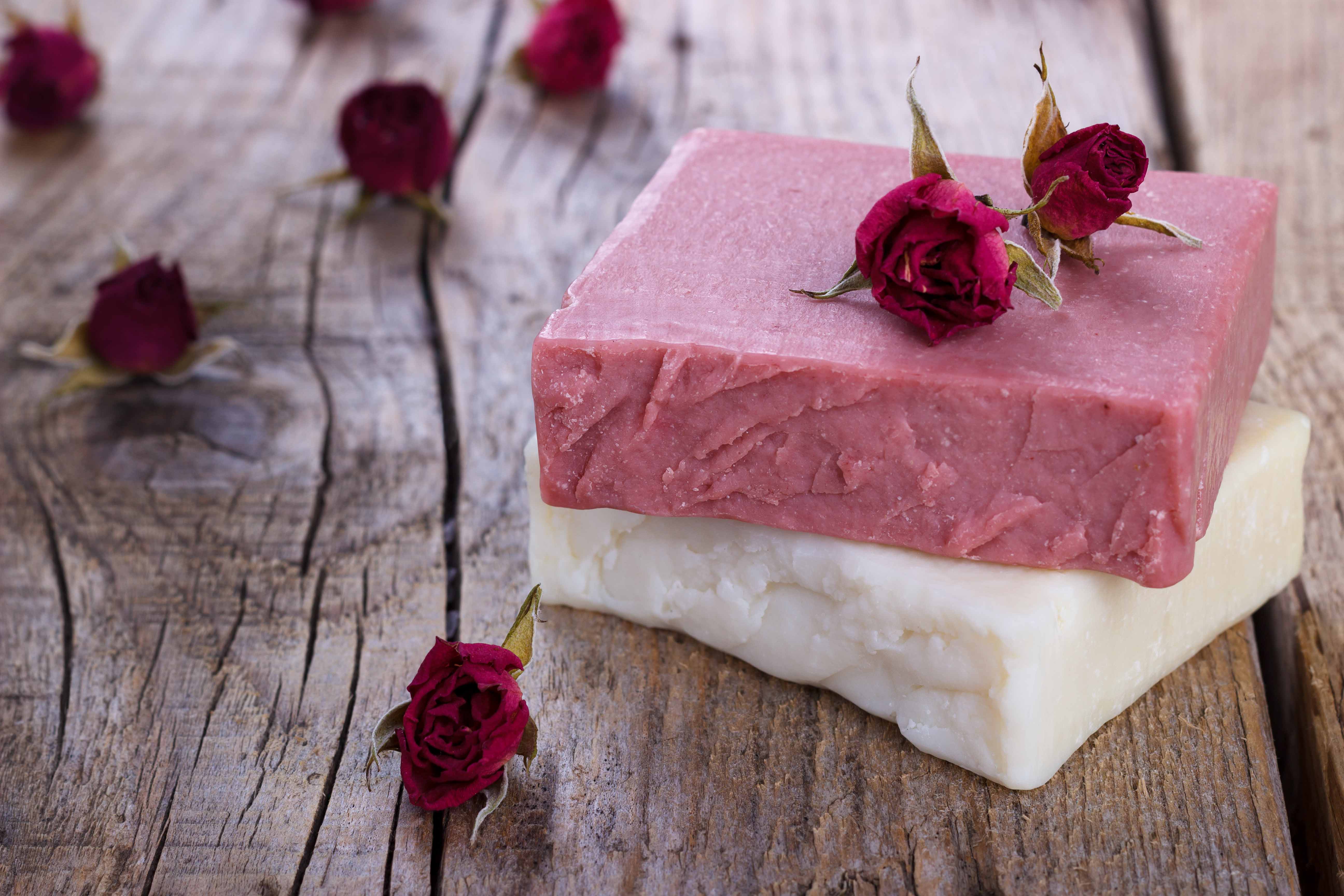
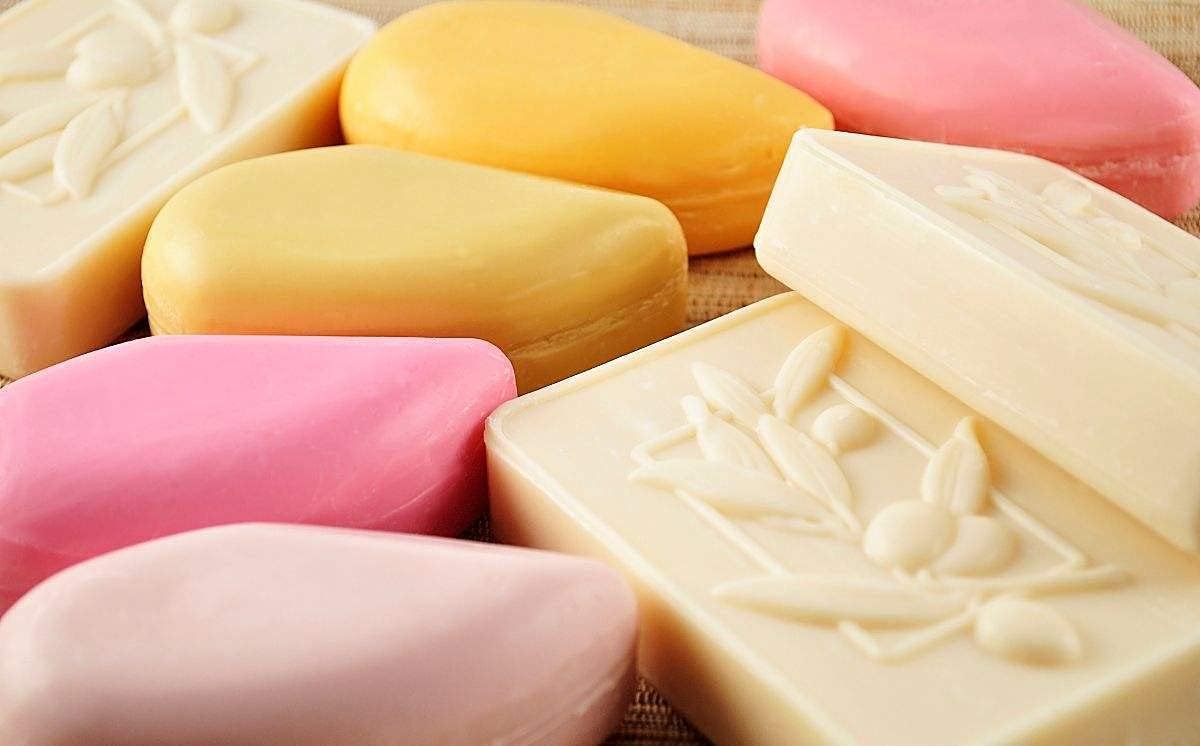
 Admin
Admin 